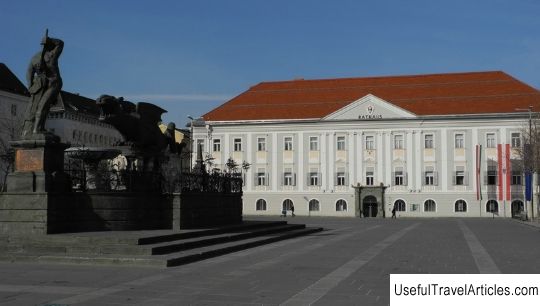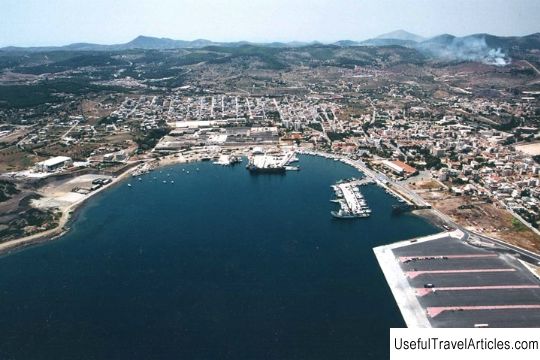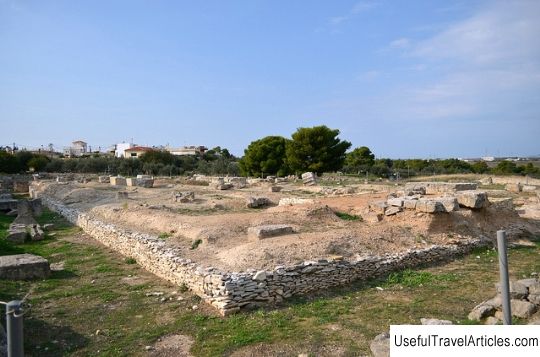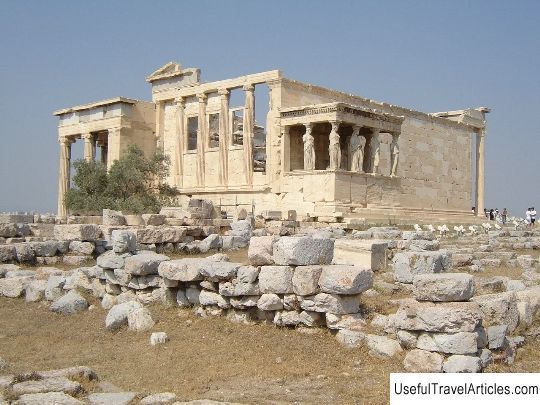Temple of Poseidon at cape Sounio description and photos - Greece: Attica
Rating: 8,0/10 (1232 votes) 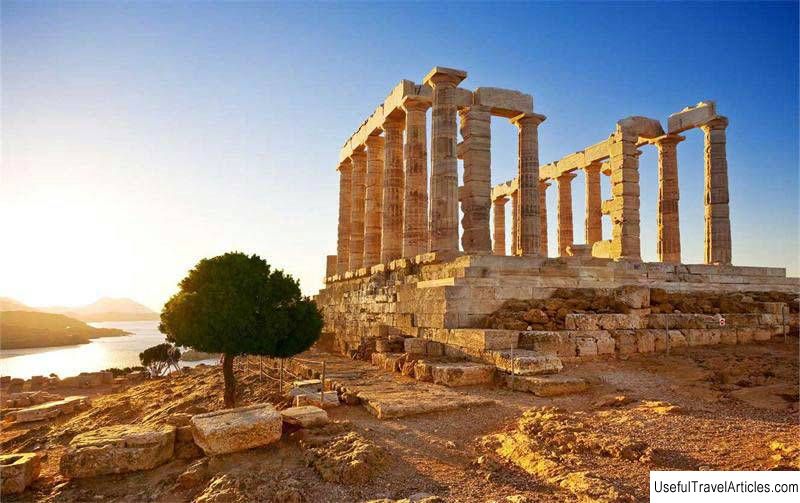
Temple of Poseidon at cape Sounio description and photos - Greece: Attica. Detailed information about the attraction. Description, photographs and a map showing the nearest significant objects. The title in English is Temple of Poseidon at cape Sounio. Photo and descriptionJust 70 km southeast of Athens on the southern tip of Attica is one of the most famous and impressive places in Greece - Cape Sounion, or Sounio. From time immemorial, the cape was considered a sacred place and was the focus of two cults of Athena and Poseidon. An ancient legend says that it was from Cape Sounion that the Athenian king Aegeus threw himself into the sea abyss, seeing black sails on the horizon and taking them as a sign of the defeat of his son Theseus in the fight against the Minotaur. True, Theseus nevertheless defeated the Minotaur, but forgetting to change sails, doomed his father, distraught with grief, to death. It is worth noting that it was in honor of the Athenian king that the sea later received the name "Aegean". The first written records of Cape Sounion are found in Homer's Odyssey. Temple of Poseidon at Cape Sounion, the ruins of which we can see today was built in the middle of the 5th century BC. on the ruins of an archaic sanctuary destroyed by the Persians in 480 BC. The temple was a classic peripter - a rectangular structure surrounded on all sides by a colonnade. Doric columns (height - 6.1 m, diameter at the base -1 m, and diameter at the top - 79 cm), were made of local Agrilese marble. The name of the architect who designed the Temple of Poseidon is unknown, but historians believe that this is the work of the architect, who designed the temple of Hephaestus (Hephaisteion) in Athens, as well as the Temple of Nemesis in Ramnunte. Temple of Poseidon at Cape Sounion was destroyed in 399 by Emperor Arcadius. Unfortunately, to this day, only a part of the columns have survived from the sanctuary, the remains of an architrave and a frieze depicting the battles of the centaurs and lapiths, the battles of Theseus and the Minotaur and gigantomachy, but nevertheless, this is quite enough to appreciate the monumentality of the ancient structure. On one of the columns you will see the inscription "Byron" carved into the stone. It is believed to have been made with his own hand by the famous English romantic poet Lord Byron during his first visit to Greece in 1810-1811. Every year thousands of tourists from all over the world come to this legendary place to admire the fantastic the beauty of the sunsets over the Aegean Sea and the ruins of the once majestic sanctuary, erected in honor of the god of the sea element Poseidon.          We also recommend reading Jeti-Oguz resort description and photos - Kyrgyzstan: Issyk-Kul Lake Topic: Temple of Poseidon at cape Sounio description and photos - Greece: Attica. |

